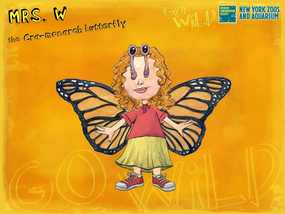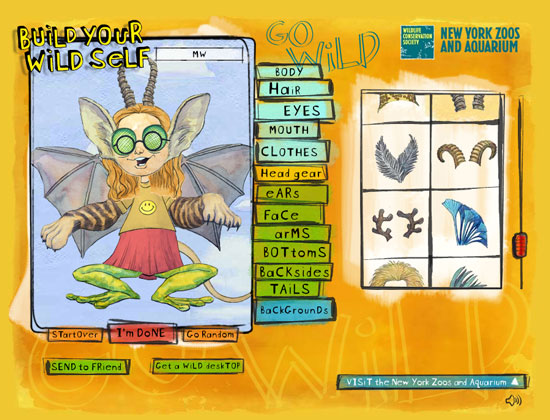

The students took ownership of their learning and were more enthusiastic than I could have hoped for, brimming with questions and creativity. Their pride and creativity really showed through as they became experts about all aspects of their new animals, and encouraging classmates’ questions allowed students to think more deeply about their work. They explained what adaptations it had and why those were selected, and answered a few questions from their classmates. We had feathers, pom-poms, leaves, pipe cleaners, cardboard, and tons of other supplies to choose from, and it was an hour of beautiful and creative chaos.Ĭleaning up that chaos took slightly longer than I anticipated, so it was not until the final day of our school week that students got a chance to present their new species. They could use any of the body parts they had seen on the website, think of what other animals had, or come up with something completely made up, as long as they wrote a short presentation explaining what they used and why. When they were done exploring the website, students spent the next day creating their own species that could survive in the city. The wackier the combination, the more excited my students got. They came up with combinations such as butterfly wings to fly away from predators, monkey tails for balance and movement, and elephant trunks for getting food and water. The day after researching, students used the Build Your Wild Self activity on the New York Zoos and Aquarium website to combine different animal parts and body structures into a brand-new species. The students loved using technology to find pictures, articles, and videos to share, and were eager to present their finds to their classmates.

This began a discussion on the difference between “wild” animals and “zoo” animals, and how both had a place in our list.
They wrote their selected animal on the board to ensure we had no doubles, and then they printed out a picture to show the class. The following day, I had students individually write out all the animals they could think of that live in our own city, those they had seen firsthand and others they had only heard of, and then select one and use iPads to research these animals’ adaptations.

We talked as a whole class about whether these were behaviors or structures, and made a huge anchor chart of adaptations. I was amazed at what they picked up from just one read. They came up with ideas ranging from food procurement methods to vocalizations to scare off predators. If you haven’t read this story yet, trust me, it’s an amazing introduction to animals in urban settings, and the detailed illustrations alone make the book worth checking out.Īs my students listened to the story of a family of blue jays living just outside a classroom window, they learned about nesting behaviors, behavioral and structural adaptations, and the life cycle of a blue jay.Īfter we read the story, I had students work in pairs to list all the things that happened in the book that allowed the blue jays to survive. We began by doing a read-aloud of the book Two Blue Jays, written by Anne Rockwell and illustrated by Megan Halsey.


 0 kommentar(er)
0 kommentar(er)
